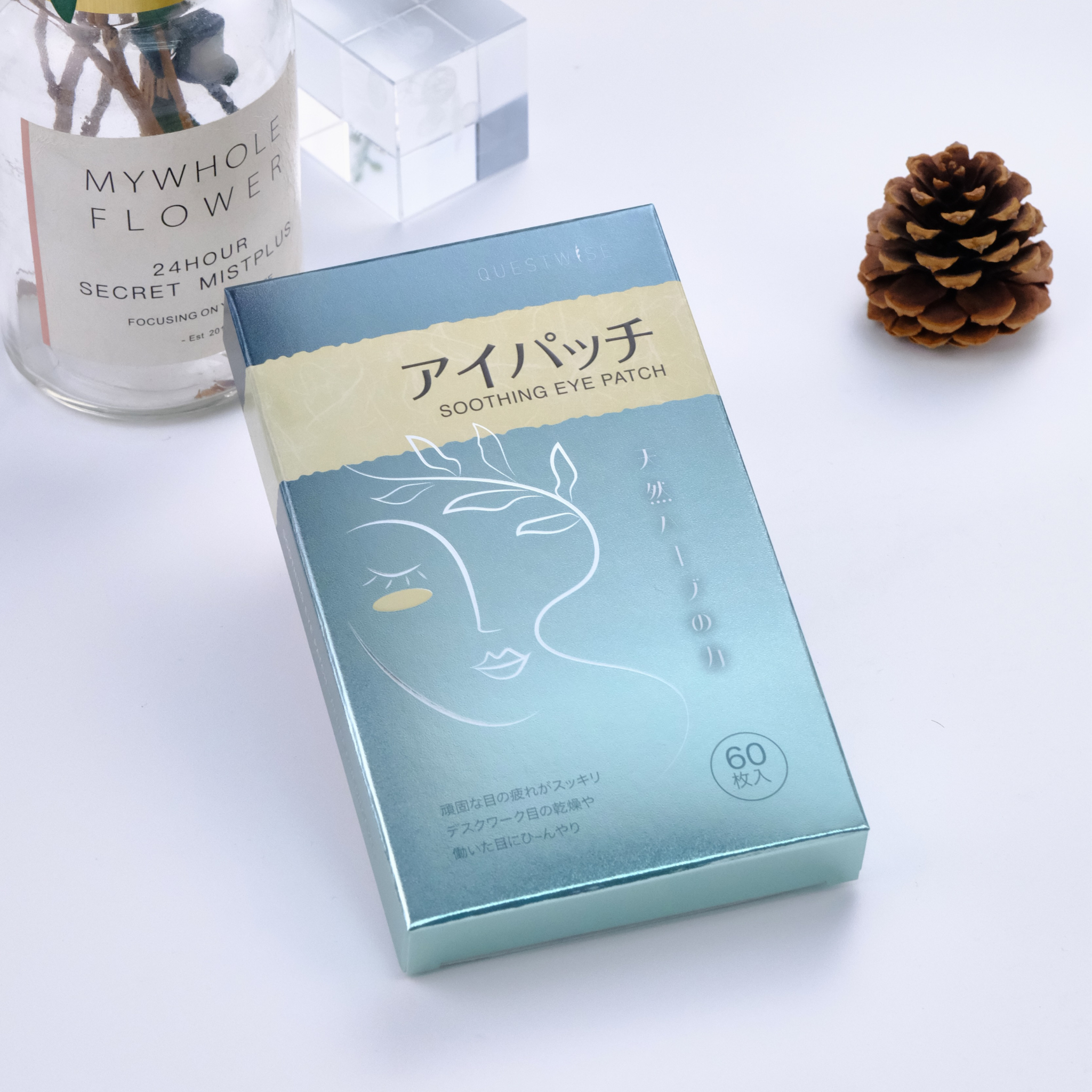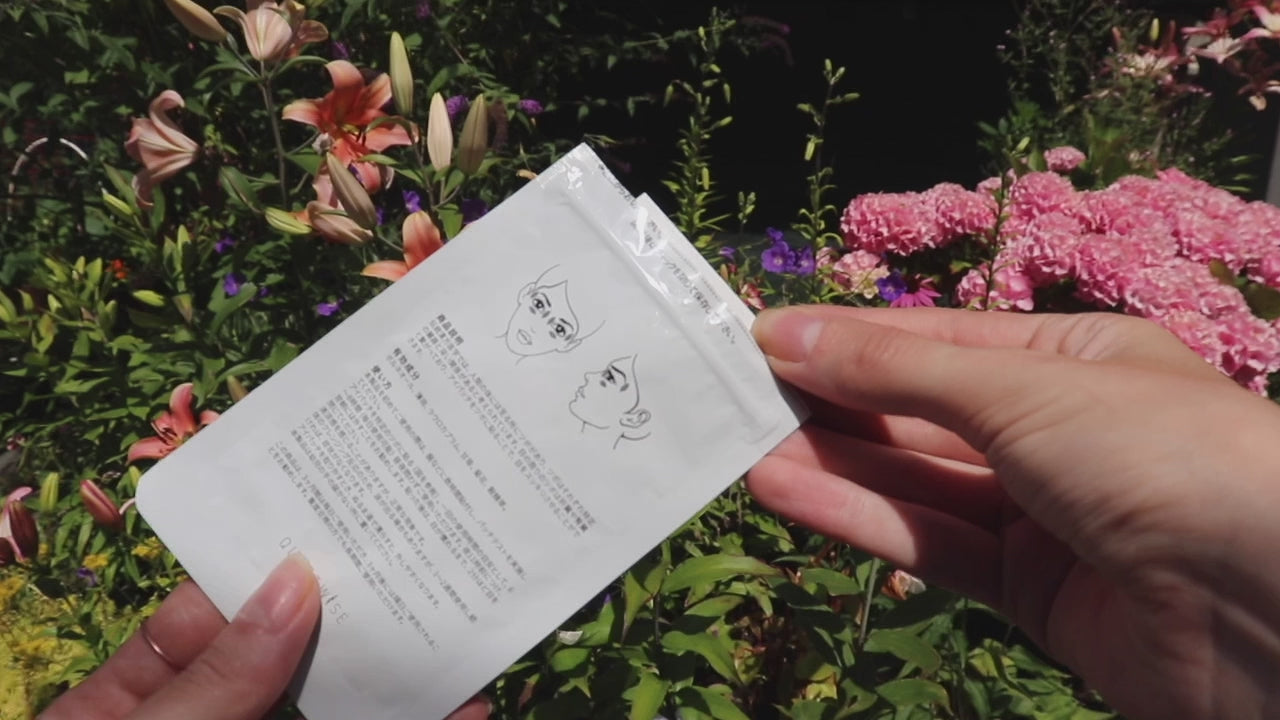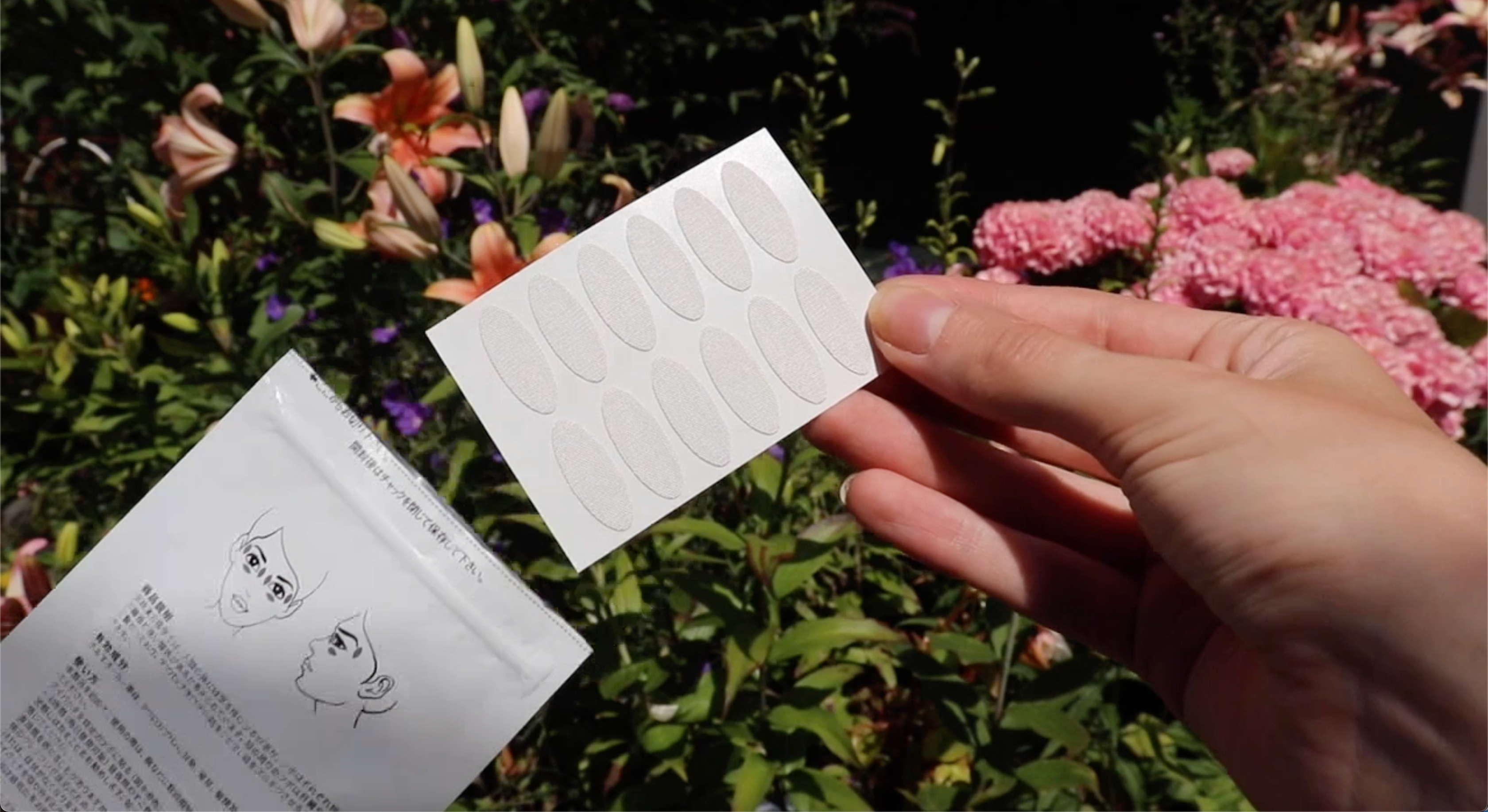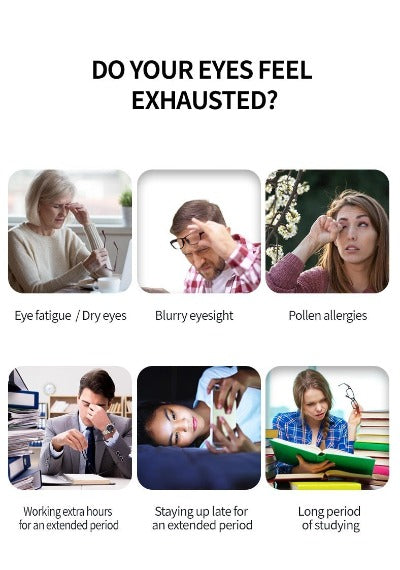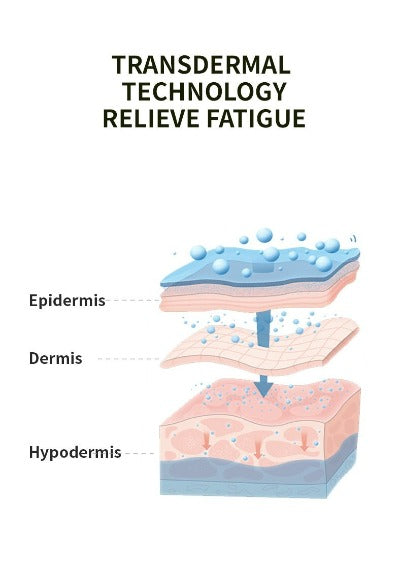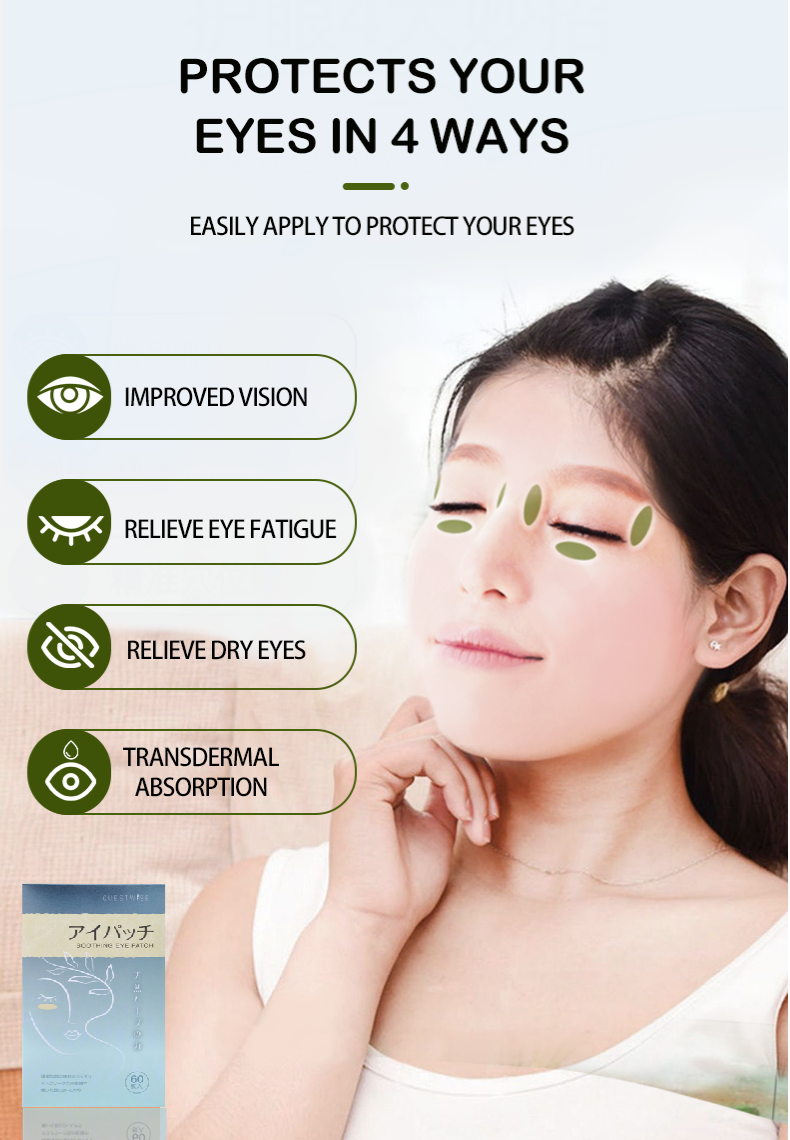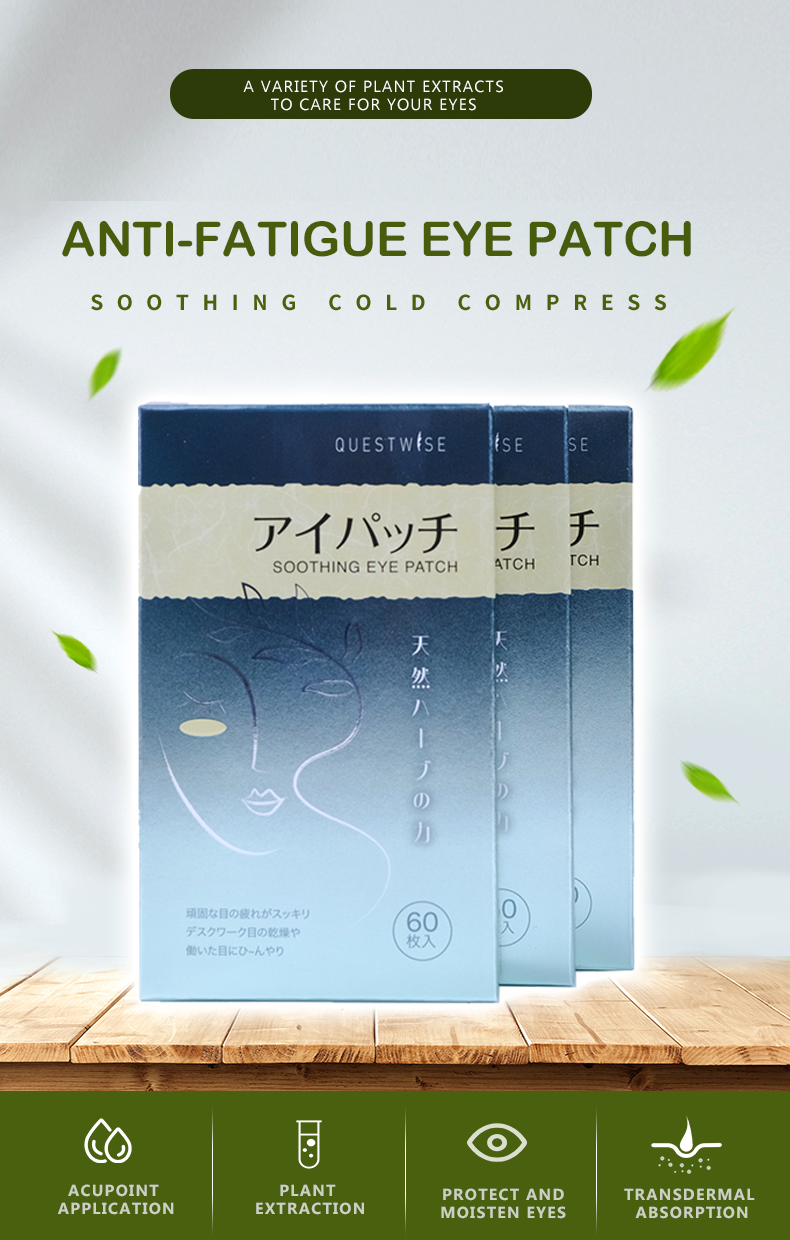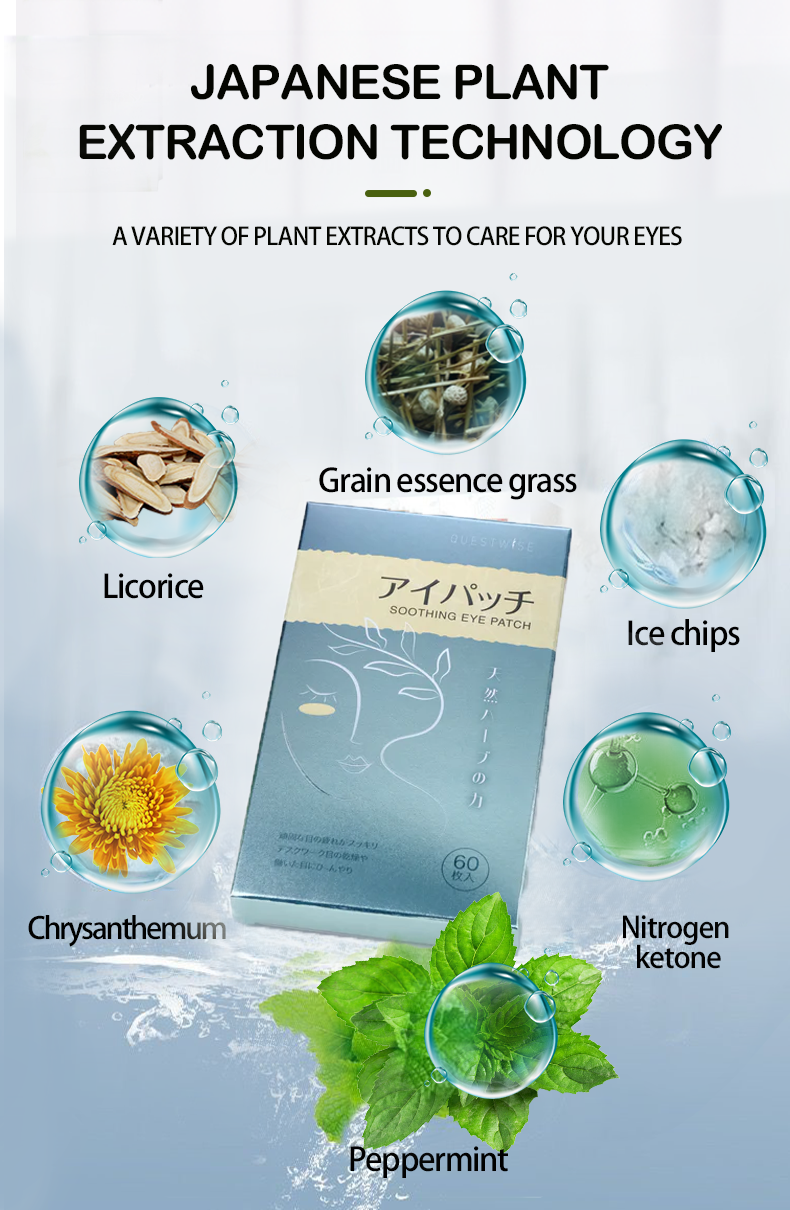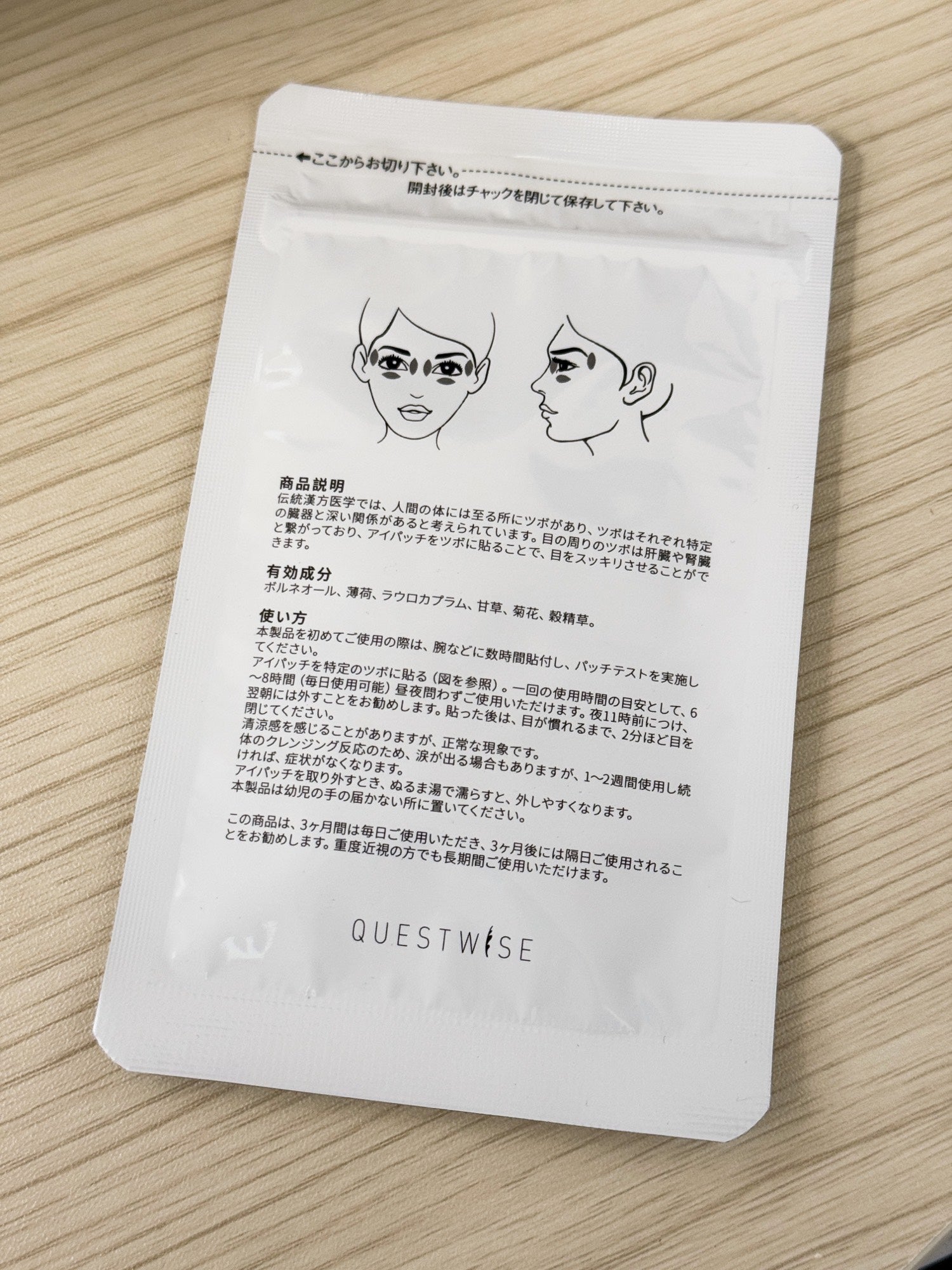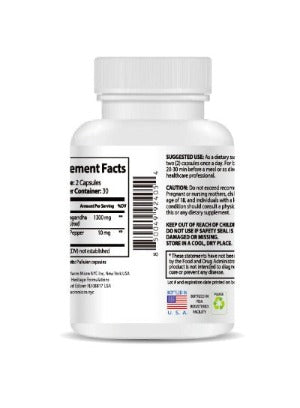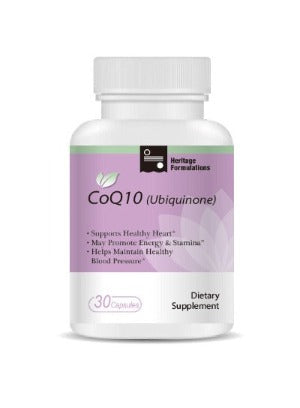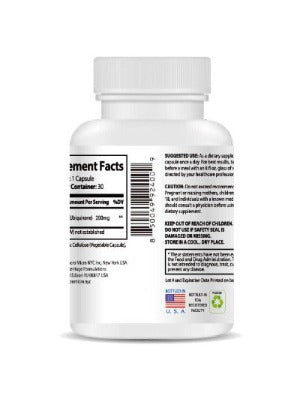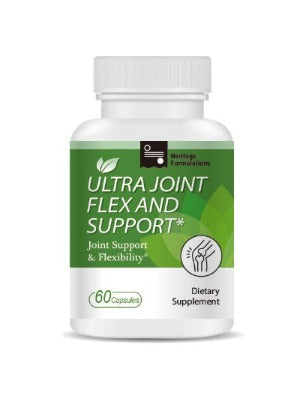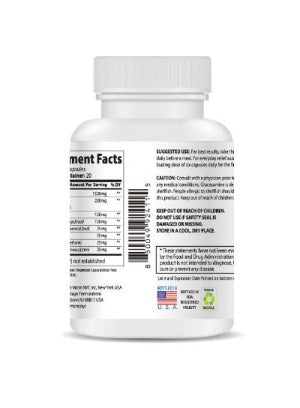The Pervasive Problem of Dry Eye Syndrome in 2025: A Growing Concern
In the rapidly evolving landscape of 2025, our collective reliance on technology and altered environmental conditions have inadvertently fueled a silent health crisis: Dry Eye Syndrome (DES). What was once considered an occasional annoyance or a condition primarily affecting older demographics has now become a widespread epidemic, impacting individuals of all ages and backgrounds. Our daily lives are intrinsically linked to digital screens, demanding extended periods of focused vision that fundamentally disrupt our natural ocular mechanisms. Coupled with prevalent environmental stressors, this creates a perfect storm predisposing millions to the uncomfortable and potentially vision-impairing effects of dry eyes.
Deconstructing the Multifaceted Causes of Modern Dry Eyes
The surge in Dry Eye Syndrome can be attributed to a confluence of factors deeply embedded in our contemporary lifestyles:
- The Digital Deluge and Reduced Blinking: The ubiquitous presence of smartphones, tablets, laptops, and high-definition televisions necessitates prolonged periods of intense visual concentration. This sustained focus leads to a significant decrease in our involuntary blink rate. Blinking is not merely an action; it's a vital physiological process that spreads a healthy tear film evenly across the ocular surface, replenishing moisture and clearing debris. When blinking becomes infrequent, the tear film evaporates at an accelerated rate, leaving the delicate cornea exposed and leading to the characteristic symptoms of dry eyes.
- Environmental Aggravators: Modern living spaces are often characterized by controlled atmospheres – air-conditioned offices and heated homes – which tend to have significantly lower humidity levels. Exposure to these dry, recirculated air environments, along with outdoor elements like wind, smoke, and air pollution, all contribute to increased tear evaporation. This constant moisture depletion leaves the eyes feeling dry, irritated, and vulnerable.
- Physiological Changes: Age and Hormonal Fluctuations: While not solely a product of modern living, the natural aging process often leads to a reduction in tear production and a change in tear composition. Furthermore, hormonal shifts, particularly those experienced by women during menopause, can significantly impact the glands responsible for producing the oily layer of the tear film, leading to increased evaporation and exacerbating dry eye symptoms.
- Underlying Medical Conditions and Pharmacological Side Effects: A range of systemic health issues are intrinsically linked to the development of dry eyes. Autoimmune disorders such as Sjogren's syndrome, rheumatoid arthritis, lupus, and scleroderma can directly affect tear production. Moreover, many commonly prescribed medications, including antihistamines for allergies, decongestants for colds, certain antidepressants, blood pressure medications, and even hormone replacement therapy, can list dry eyes as a significant side effect, often by reducing tear secretion or altering tear film stability.
- The Impact of Contact Lens Wear: For individuals who rely on contact lenses for vision correction, the risk of developing or worsening dry eyes is amplified. Contact lenses can absorb the tear film, disrupt the natural flow of oxygen to the cornea, and cause mechanical irritation, all of which contribute to discomfort and exacerbate symptoms, particularly during prolonged wear or in dry environments.
Identifying the Tell-Tale Signs of Dry Eye Syndrome
Early recognition of Dry Eye Syndrome is crucial for effective management and prevention of further discomfort or potential vision impairment. Be attuned to these common indicators:
- A persistent sensation of grittiness, sand, or a foreign body in the eye.
- A stinging or burning sensation upon waking or throughout the day.
- Visible redness and inflammation of the conjunctiva (the membrane lining the eyelid and covering the white part of the eye).
- Episodes of blurred vision that fluctuate, often worsening with prolonged screen use or reading, and typically improving with blinking.
- Increased sensitivity to light (photophobia).
- Significant discomfort or inability to wear contact lenses for extended periods.
- A paradoxical increase in tearing (epiphora), which occurs when the eye's surface becomes severely dry, triggering a reflex to produce more tears, though these are often watery and poor in quality, failing to provide adequate lubrication.
- General eye fatigue and a feeling of heaviness or strain in the eyes.
Proactive Strategies: Shielding Your Eyes in a High-Risk World
While the modern lifestyle presents unique challenges, a proactive and informed approach can significantly mitigate the risk of developing or exacerbating Dry Eye Syndrome. Implementing these strategies can help preserve ocular comfort and health:
Mastering the 20-20-20 Rule for Digital Wellness
This simple yet profoundly effective technique is a cornerstone for anyone spending considerable time engaged with digital devices. Every 20 minutes of screen time, consciously pause and shift your gaze to an object at least 20 feet away for a minimum of 20 seconds. This brief respite allows your eye muscles to relax and, crucially, encourages a more natural and complete blink cycle, re-lubricating the ocular surface.
Optimizing Your Immediate Environment for Ocular Comfort
- Embrace Humidification: Utilize a humidifier in your home and workplace, particularly during seasons with low humidity or when relying heavily on heating or air conditioning. Maintaining ambient humidity helps reduce the rate of tear evaporation.
- Strategic Airflow Management: Position your workspace and seating areas to avoid direct exposure to blowing air from fans, air conditioning vents, or hair dryers. Redirecting airflow away from your face can significantly minimize tear film disruption.
- Protective Eyewear Outdoors: When spending time outdoors, especially in windy conditions or strong sunlight, wear high-quality, wraparound sunglasses. These act as a barrier, shielding your eyes from wind and reducing UV exposure, both of which contribute to increased tear evaporation and irritation.
Cultivating Conscious Blinking and Internal Hydration
Beyond the 20-20-20 rule, actively practice making complete blinks throughout the day. Ensure you are fully closing your eyelids, not just fluttering them. Furthermore, maintaining consistent internal hydration by drinking an ample amount of water throughout the day is fundamental for overall bodily function, including the production of healthy tears.
Leveraging Lubricating Eye Drops and Ointments
Over-the-counter artificial tears serve as a vital tool for replenishing lost moisture and providing immediate relief from dry eye symptoms. For individuals experiencing persistent dryness or using drops frequently, opting for preservative-free formulations is highly recommended, as preservatives can sometimes lead to ocular surface irritation over time. It is advisable to consult with an eye care professional to identify the most suitable type of lubricating drop or ointment based on the specific characteristics of your dry eye condition.
Incorporating Eye-Friendly Nutrition
Diet plays a significant role in ocular health. Including foods rich in Omega-3 fatty acids, such as fatty fish (salmon, mackerel, sardines), flaxseeds, chia seeds, and walnuts, can help improve the quality of the meibomian gland secretions, which form the crucial lipid layer of the tear film. This layer prevents rapid tear evaporation and has anti-inflammatory properties that can benefit those with dry eyes.
Prioritizing Regular Professional Eye Examinations
The cornerstone of managing and preventing Dry Eye Syndrome lies in regular comprehensive eye examinations with a qualified ophthalmologist or optometrist. These professionals can accurately diagnose the underlying causes of your dry eyes, assess the severity of the condition, and tailor a personalized treatment plan. Early detection and consistent management are critical to preventing the progression of dry eye disease and safeguarding your vision for the long term. Don't let the discomfort of dry eyes dictate your daily life; take proactive steps now to protect your vision and enhance your ocular comfort.


